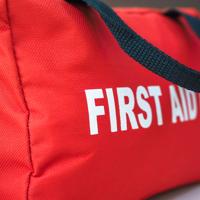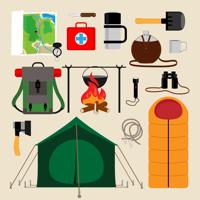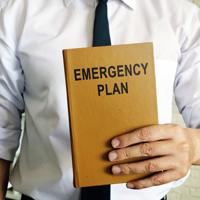In today’s unpredictable world, it’s beneficial to prepare for emergencies that could impact your family and home. Developing a family emergency plan can make a tough situation a bit more manageable. Every family is unique, and this guide aims to provide a flexible framework to help you create a plan tailored to your needs.
Understanding the Importance of a Family Emergency Plan
Emergencies come with little to no warning. Natural disasters such as hurricanes, earthquakes, or floods, and man-made events like fires or power outages, emphasize the need for preparedness. Planning ahead can significantly reduce stress and confusion during these events.
Steps to Creating Your Family Emergency Plan
1. Discuss Potential Emergencies
Start by gathering your family and having a frank discussion about possible emergencies. This includes local weather-related events, health emergencies, or chemical spills in your area. Understanding the risks specific to your region will aid in tailoring your plan.
2. Plan Evacuation Routes
Identify safe exits from your home and establish multiple evacuation routes to avoid congestion or blocked paths. Practice these routes with your family periodically. If you have small children or pets, these drills can help familiarize them with the protocol in a non-threatening manner.
3. Choose a Meeting Place
Select a safe meeting location where your family will regroup if separated. Choose two locations: one near your home, like a neighbor’s yard, and another outside your neighborhood in case of larger evacuations. This ensures there’s a structured plan for reunification.
4. Establish Communication Plans
Identify how family members will communicate during an emergency. Understand the limitations of cell service during disasters. Text messaging or walkie-talkies might serve as reliable alternatives when phone lines are congested. Assign an out-of-town relative or friend as a central contact point for information relay.
5. Create a Family Emergency Contact List
Design a list including all important contact information: local emergency services, utility companies, school contacts, and family and friends. Make copies for each family member and keep one in your emergency kit.
6. Prepare an Emergency Kit
A well-stocked emergency kit is useful. Include water, non-perishable food, a first aid kit, flashlights with extra batteries, a battery-powered radio, necessary medications, personal hygiene items, and copies of important documents. Customizing your kit with personal items specific to your family’s needs is helpful.
7. Plan for Family Members with Special Needs
Account for any special needs within your family, such as medical conditions or mobility issues. Ensure necessary medications and supplies are accessible and that your plan accommodates these needs.
8. Consider Pets
Pets are family too. Have a plan for their safety, including transport crates, food, water, and any medications. Research pet-friendly evacuation shelters or accommodations in advance.
9. Regularly Review and Practice Your Plan
Revisit your plan periodically and update it to reflect any family changes (new addresses, additional family members, etc.). Conduct regular drills to reinforce the plan with your family.
Additional Resources
Compiling a list of resources and staying informed can aid in effective planning:
- Local Government Websites: They often provide local disaster plans and alerts.
- American Red Cross: Offers information and resources on emergency preparedness.
- FEMA: Provides a comprehensive guide for creating family emergency plans.
Conclusion
Creating a family emergency plan requires time and contemplation, yet the peace of mind it brings is invaluable. While it can’t predict or prevent emergencies, it can reduce impact and enhance safety. Keep the lines of communication open, and approach planning as an ongoing family project.
Remember, it’s okay to tailor your plan to match the unique needs of your family. Each step taken towards preparedness is worthwhile.




